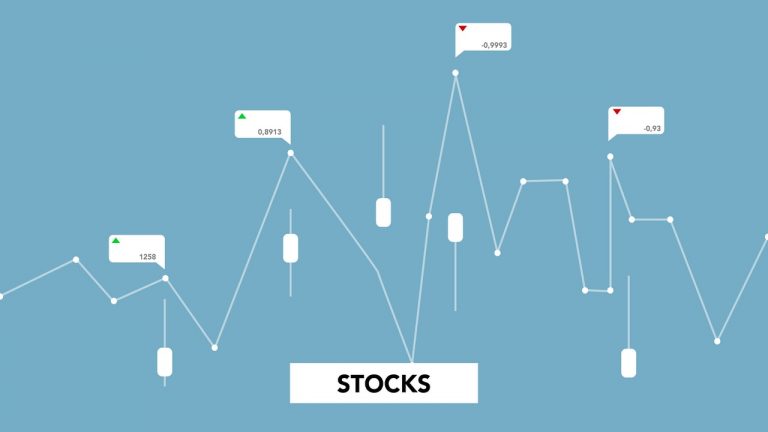A trading tag is a technique used in technical analysis to identify when a security has been over-bought or over-sold. By identifying these extremes, traders can better time their entries and exits from the market. There are many different ways to calculate trading tags, but all typically use price and volume data. While there is no guarantee using trading tags will result in profitable trades, they can be a helpful tool for traders looking to increase their odds of success.
What is a trading tag, and what does it do?
A trading tag is a technical analysis tool used by traders to try and identify when security is over-bought or over-sold. The thinking behind this is that, by spotting these extremes, traders can then make better decisions about when to enter or exit the market. There are various ways of calculating a trading tag, but they all broadly involve using price and volume data. Although there is no guarantee using a trading tag will always result in profitable trades, it can be a helpful tool for traders who want to improve their chances of making money.
How is a trading tag calculated?
There are different ways of calculating a trading tag, but they all use price and volume data to some extent. The moving average convergence divergence (MACD) indicator is one of the most popular methods. It involves taking two moving averages of a security’s price – one slow and one fast – and then subtracting the slower moving average from the faster one. The result is plotted on a graph, and traders look for instances where it crosses above or below the zero line. It is thought to indicate that the security is overbought or oversold and, as such, an excellent time to enter or exit the market.
Another way of calculating a trading tag is using Bollinger Bands. It involves plotting two lines on a graph – one above and one below the security’s price. The distance between these two lines is determined by the volatility of the security’s price, and traders will often look for instances where the price breaks out from the Bollinger Bands. It is thought to indicate that the security is overbought or oversold and, as such, an excellent time to enter or exit the market.
What are the benefits of using a trading tag?
The main benefit of using a trading tag is that it can help traders improve their timing when entering and exiting the market. By spotting when security is over-bought or over-sold, traders can make more informed decisions about when to buy or sell. It, in turn, can help improve the chances of making a profit.
What are the risks of using a trading tag?
The main risk of using a trading tag is that it is not an infallible system. There will be times when security is over-bought or over-sold, but this doesn’t necessarily mean it is an excellent time to buy or sell. As such, traders must be aware of this and not blindly follow a trading tag’s signals.
How do you create a trading tag for your business or website?
Creating a trading tag for your business or website is relatively simple and can be done using various technical indicators. One of the most popular techniques is the use of Bollinger Bands. It involves plotting two lines on a graph, one above and one below your security’s price.
The distance between these two lines is determined by the volatility of your security’s price, and you can then look for instances where the price breaks out from the Bollinger Bands. It is thought to indicate that the security is overbought or oversold and, as such, an excellent time to enter or exit the market.
Conclusion
A trading tag is a tool trader can use to improve their timing when entering and exiting the market. There are different ways of calculating a trading tag, but they all broadly involve using price and volume data. Although there is no guarantee using a trading tag will always result in profitable trades, it can be a valuable tool for traders who want to improve their chances of making money.




